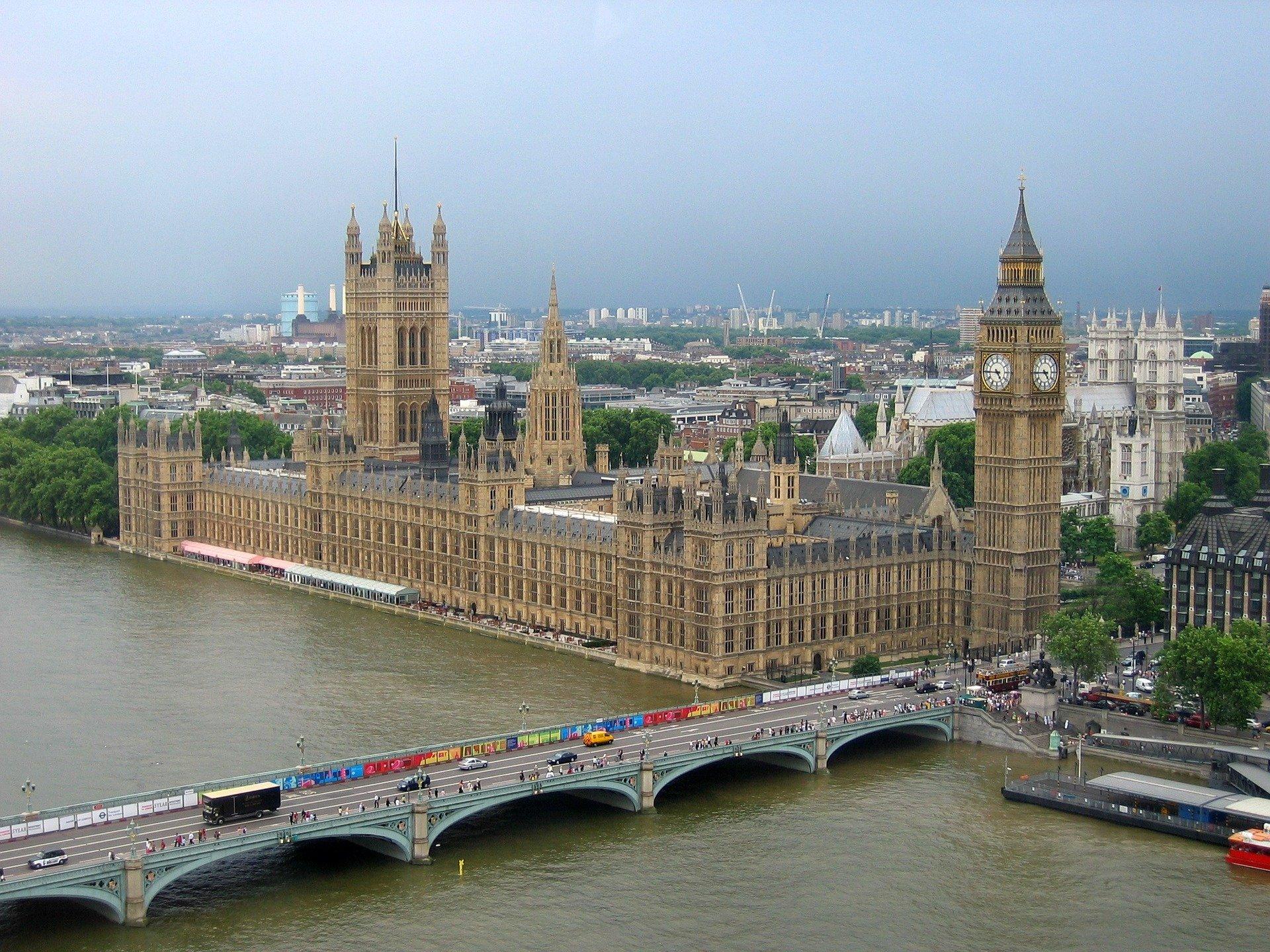GEG WP 2015/109 Continuity, Aid and Revival: State Building in South Korea, Taiwan, Iraq and Afghanistan
Abstract
Under what conditions does foreign aid in a post-conflict environment foster state building and consolidation? This paper argues that, in the aftermath of war, for an aid regime to reinforce state building it needs to ensure continuity in strength of the state and to use recipient mechanisms and finance policies that generate a greater state capacity. The existence and continuity of a Weberian state increases the likelihood of effective state building, regardless of the aid regime. If the state is a relatively strong state with a Weberian bureaucracy, aid can further reinforce it when aid is spent through national systems, with efforts to ensure that the recipient leaders reinforce state effectiveness by implementing policies that require greater state capacity. However, even under more adverse initial conditions—a neo-patrimonial state—the aid regime and state building strategy matter. Under these conditions aid undermines state building if it induces discontinuity in the existing state capacity and creates parallel institutions to those of the state. With these policies, leaders will be preoccupied with the politics of patronage that maintain a weak state. Evidence for this argument is provided through pairwise comparison of state building patterns between South Korea and Taiwan, on the one hand, and Iraq and Afghanistan, on the other. These countries received significant amounts of aid in different periods; their situations differed on the key variables of my theory; and they achieved diverse results.






